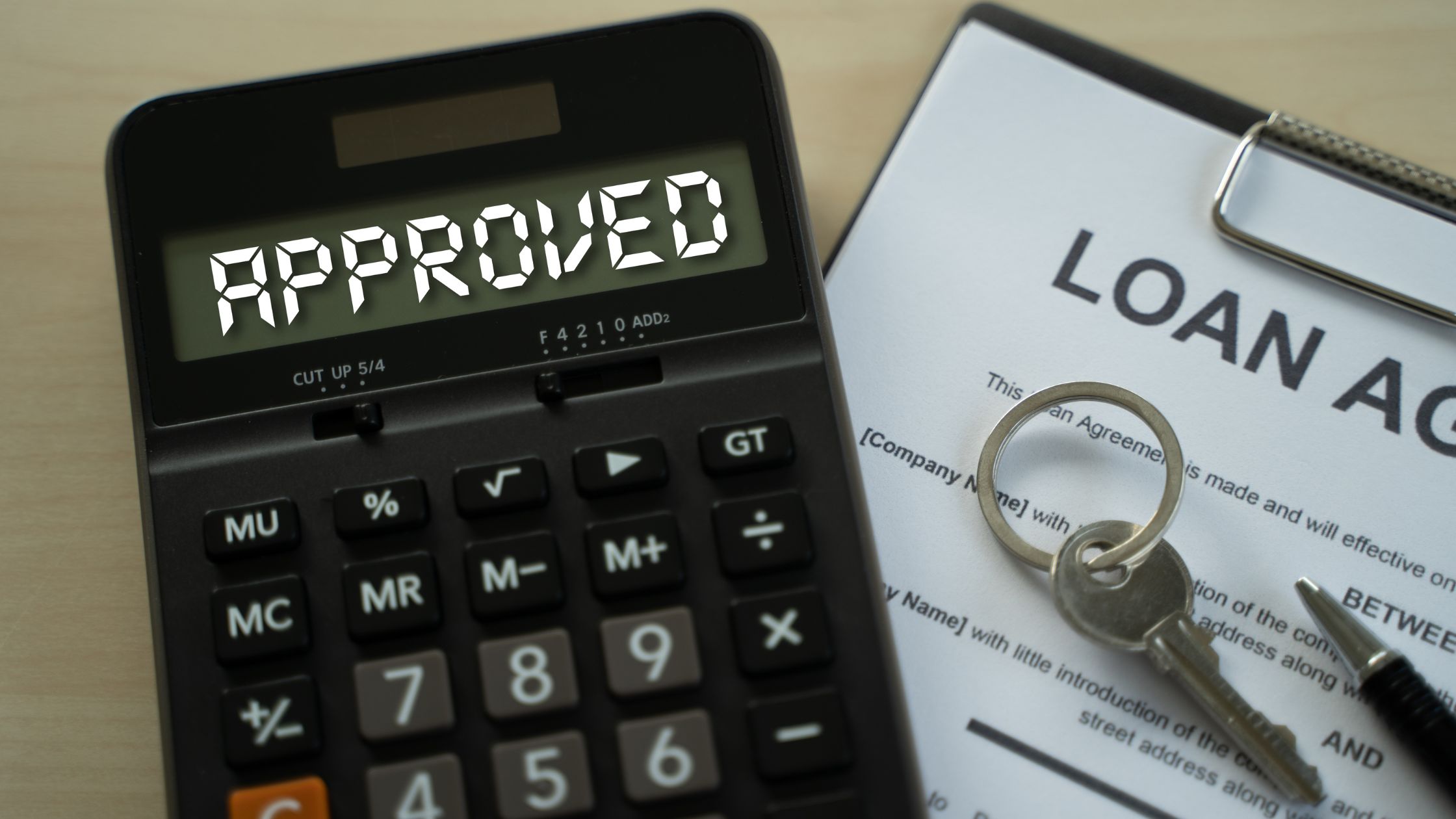Key Takeaways
-
Mortgage fraud is a federal crime with financial, legal, and credit consequences.
-
Five common red flags include fake income, unusual payments, inflated appraisals, identity theft, and predatory loan offers.
-
Buyers can protect themselves by verifying professionals, researching independently, and reading contracts carefully.
-
Trusting your instincts and slowing down the process can prevent costly mistakes.
Buying a home is one of the biggest financial moves most people ever make, but it does not come without risks. Mortgage fraud is a growing concern in real estate, targeting homebuyers, lenders, and even investors. Falling victim to these schemes can lead to financial loss, foreclosure, and even legal consequences. The best way to protect yourself is by learning the most common mortgage fraud red flags and knowing how to respond when something feels off.
What Is Mortgage Fraud?
Mortgage fraud occurs when someone intentionally misrepresents or hides information on a loan application or related documents to secure approval under false pretenses. Even if you do not realize fraud is happening, you could still face severe consequences.
5 Major Mortgage Fraud Red Flags
| Red Flag | What It Looks Like | How to Protect Yourself |
| Inflated income or fake employment | Being asked to exaggerate income, falsify pay stubs, or sign incomplete applications. | Always provide accurate income info and review documents carefully. |
| Unusual payment requests | Requests to wire money to unknown accounts, last-minute changes, or pressure to pay immediately. | Confirm payment instructions with your lender or escrow officer using verified contact details. |
| Inflated or fake appraisals | Appraisals that don’t match neighborhood values, vague reports, or sellers insisting on one appraiser. | Compare appraisal with local comps and use trusted, licensed lenders. |
| Identity theft or credit errors | Loan documents with inconsistent details, multiple versions, or unexplained credit report activity. | Monitor your credit regularly and never sign incomplete paperwork. |
| Too-good-to-be-true loan offers | “Guaranteed approvals,” extremely low rates, or “no-doc” loans with hidden fees. | Compare multiple lenders, read the fine print, and work with licensed professionals. |
Risks of Mortgage Fraud
Falling for a scam—even accidentally—can create long-lasting consequences:
- Damaged credit from missed payments or foreclosure.
- Financial losses from inflated property values or hidden fees.
- Foreclosure if you cannot keep up with unaffordable loan terms.
- Legal liability if you provided false information, even at someone else’s suggestion.
How to Protect Yourself From Mortgage Fraud
Taking proactive steps can lower your risk:
- Verify professionals – Ensure your lender, broker, or appraiser is licensed.
- Do independent research – Compare loan rates, comps, and property history.
- Read everything carefully – Never sign blank or rushed documents.
- Watch for pressure tactics – Fraudsters push you to act quickly.
- Seek legal advice – An attorney can spot hidden risks in contracts.
The Bottom Line
Mortgage fraud is more common than many buyers realize, but you can avoid becoming a victim by staying alert. By recognizing mortgage fraud red flags, working only with licensed professionals, and verifying every detail before signing, you can protect both your investment and your financial future. If something feels wrong, stop the process, ask questions, and seek expert guidance.
FAQs About Mortgage Fraud
No SSN required. Zero impact to credit. Your Information is never sold.



